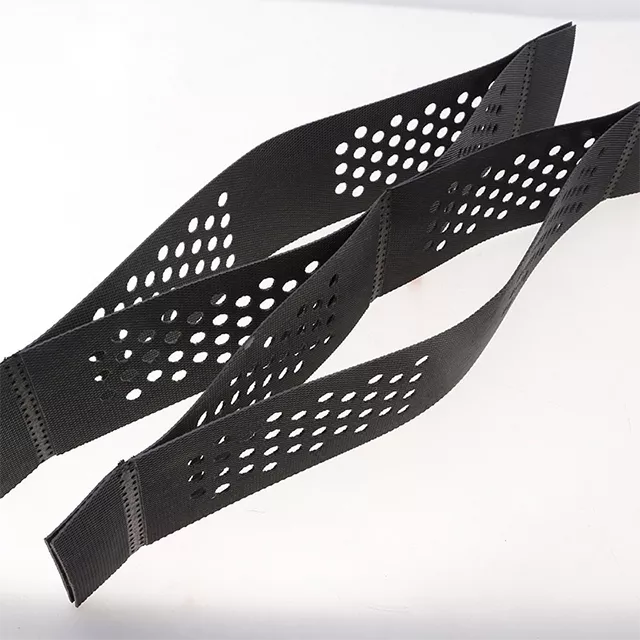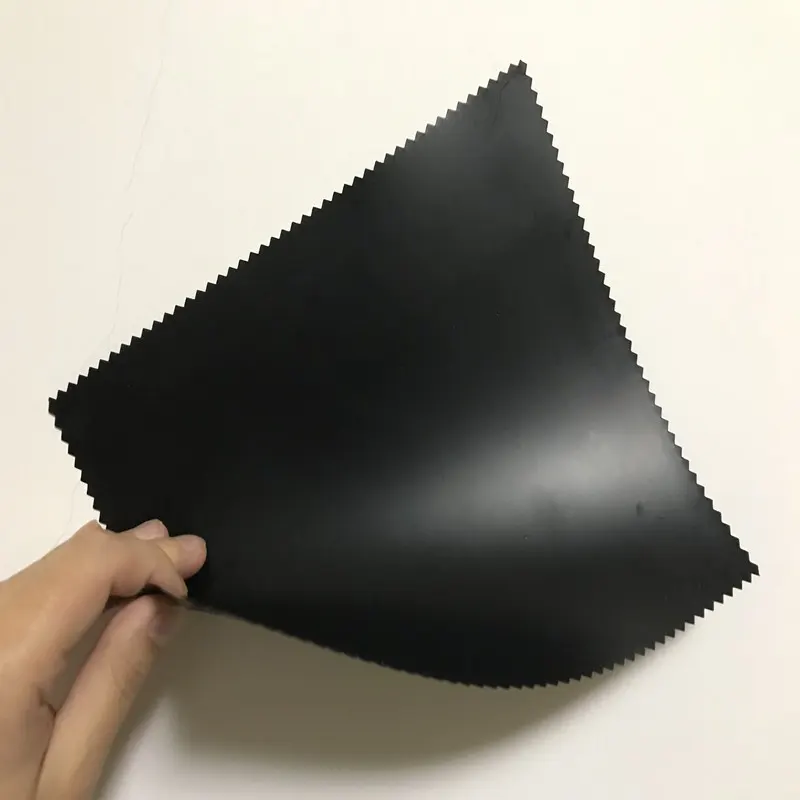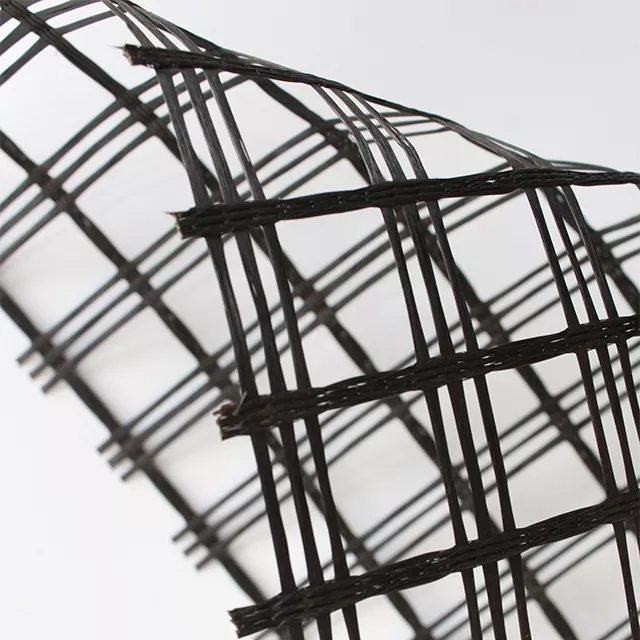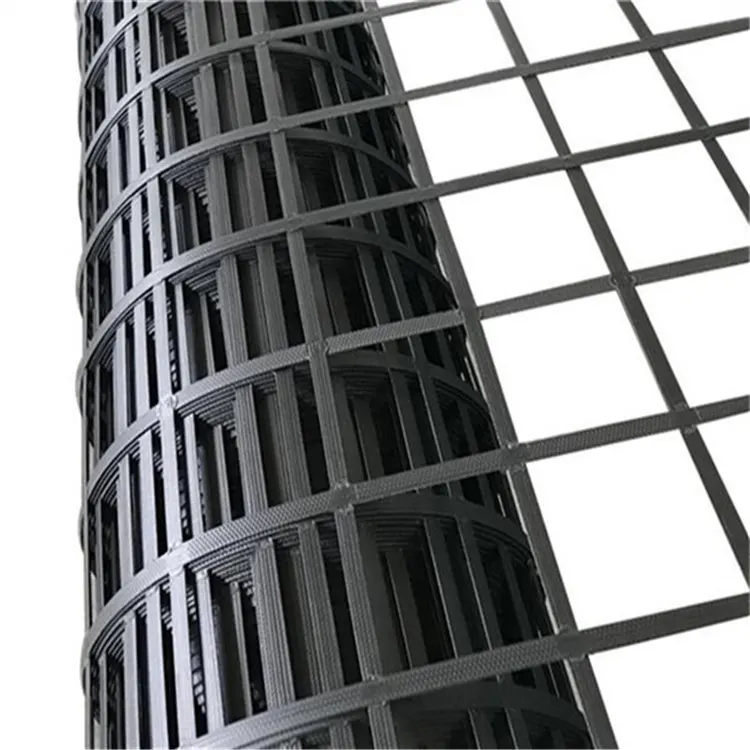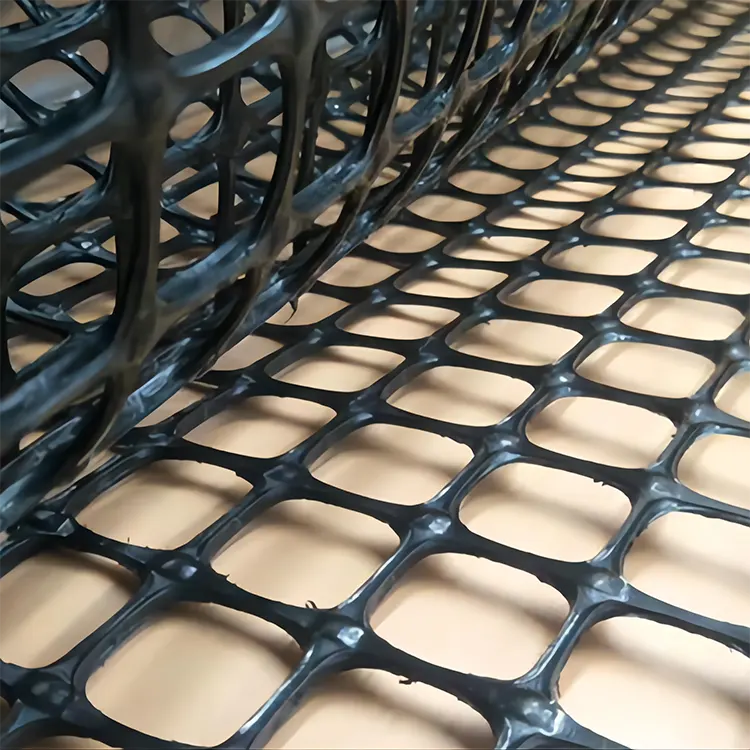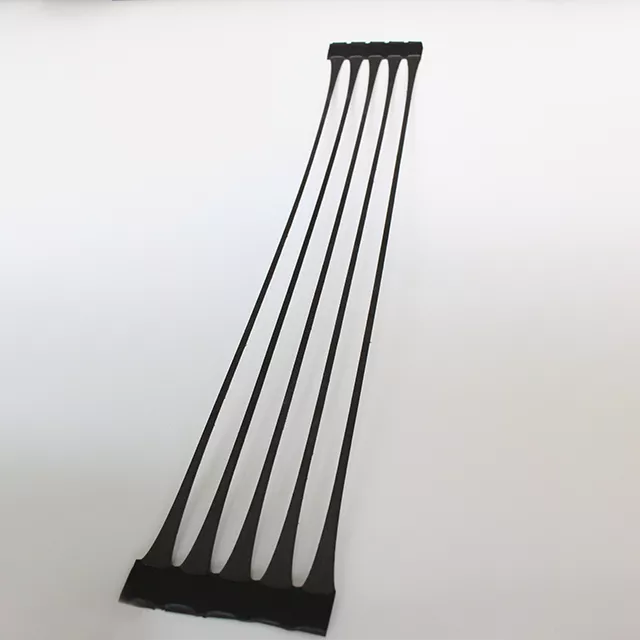Brief analysis of standard construction steps and precautions for geogrid
We should all be very clear about the primary functions of geogrid. In road construction, they stabilize foundations and extend road life, and in slope treatment, they reinforce and retain soil to prevent landslides. However, simply using geogrid doesn't guarantee the desired results; this is closely related to the specific construction process. Standardized construction procedures not only improve efficiency but also maximize product performance. Today, we will explain the standard construction steps and precautions for geogrid.
I. Pre-construction Preparation
- 1. Technical Briefing and Plan Review: Construction personnel must be familiar with the design drawings and technical requirements, and understand the geogrid's specifications, properties (such as tensile strength and elongation), and installation location.
- 2. Material Acceptance and Storage:
- Inspection: Verify that the product name, specifications, and performance indicators meet the design requirements, and check for factory certificates and test reports.
- Appearance: Inspect the geogrid coil for damage, cracks, contamination, and other signs.
- Storage: Store in a well-ventilated, shaded warehouse, away from direct UV exposure and rain. Temporary on-site storage should also be covered.
- 3. Site Clearance and Leveling:
- Remove tree roots, grass, humus, rocks (especially those with sharp corners), garbage, and other debris from the site.
- Level and compact the foundation to achieve the required compaction and flatness. For soft foundations, pre-drainage, consolidation, or backfill treatment may be necessary. Site flatness is critical to prevent the grid from being broken.
- 4. Staking and Measuring: Based on the design drawings, use a surveying instrument to accurately lay out the edges and center lines of the paving area. Use white lime or wooden stakes to clearly mark the specific location and direction of the grid laying.
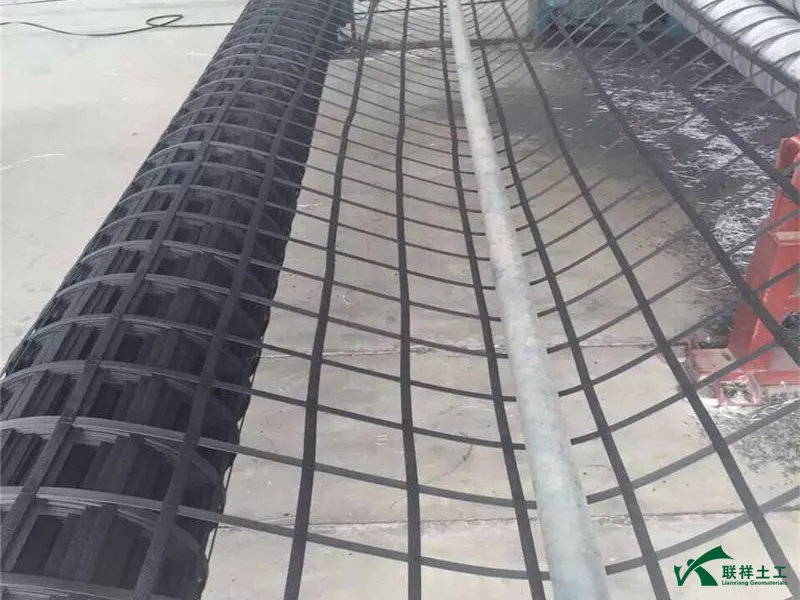
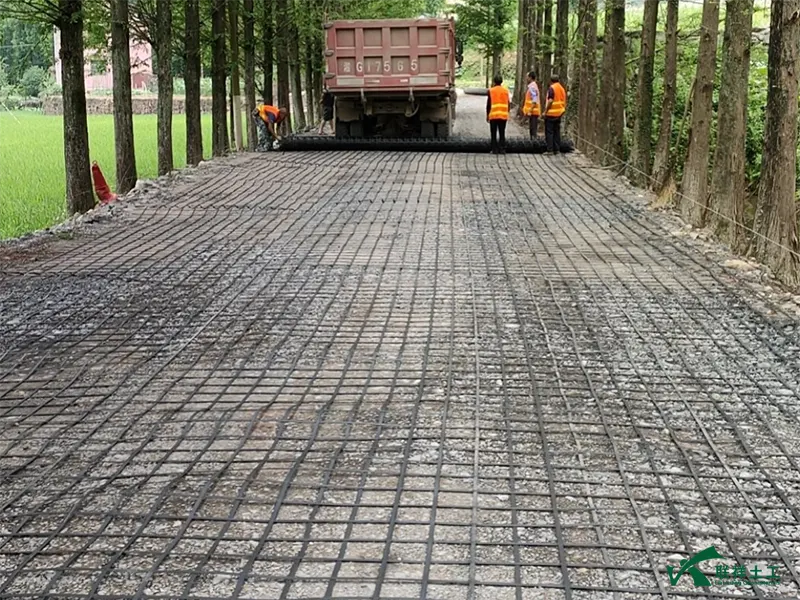
II. Specific Construction Steps
Step 1: Substructure Acceptance
Before laying the grid, the substructure (roadbed or sub-base) must be inspected after leveling and rolling. Check that its elevation, flatness, and compaction meet the requirements. Only after passing the inspection can the grid be laid.
Step 2: Laying the Geogrid
This is a crucial step and requires strict control.
1. Selecting the Laying Direction:
- Primary Load Direction: The geogrid's principal strength direction (usually the longitudinal direction of the roll) should be perpendicular to the embankment axis or the principal load direction of the structure (such as a retaining wall). For roadbed reinforcement, the principal strength direction is usually perpendicular to the road centerline.
- Direction within a roll: Ensure that all reinforcement within a roll of geogrid is laid in the same direction.
2. Manual or Mechanical Laying:
- Manual laying is suitable for small areas or where machinery is not feasible. The geogrid roll is lifted to the starting point, manually tightened and leveled, and then unrolled section by section.
- Mechanical laying is suitable for large-scale construction. Using equipment such as a loader or tractor, a steel pipe is attached to the front end. The geogrid roll is placed over the pipe and slowly pulled forward to unroll. This method is highly efficient and provides excellent quality.
3. Ensure Smoothness and Tightness:
- The roll must be straight, smooth, and close to the underlying subgrade during laying. There must be no wrinkles or twists. Temporary anchoring can be done with U-shaped nails (made from rebar heads) or sandbags at regular intervals to prevent displacement and curling.
- The grating should maintain a certain tension in both the longitudinal and transverse directions to ensure it is taut before any stress is applied.
4. Overlap and Connection:
- Overlap Width: This is usually specified in the design documents. Generally, the longitudinal and transverse overlap widths are 15-30 cm. The overlap width should be increased appropriately in areas of concentrated stress (such as retaining wall corners).
- Overlap Method: Use the tying method, using plastic ties or polymer ropes with holes punched in a zigzag pattern to securely tie. Tie points should be located every 10-15 cm at the overlap.
- Connecting the grating to the structure: In structures such as retaining walls, the ends of the grating should be folded back to wrap around the filler, or securely connected to the panel using specialized connectors.
Step 3: Backfilling the filler
After laying, backfill should be done promptly to prevent the grating from prolonged exposure to sunlight (which can cause degradation) or wind disturbance.
1. First Layer of Fill:
- It is strictly forbidden to use heavy machinery to drive or roll directly over exposed grating.
- A light transport vehicle (such as a dump truck) should be used to reverse and unload the fill onto the already laid fill layer. A light bulldozer or loader should then be used to spread the fill forward.
- The fill should be spread from the center of the grating outward to the sides to avoid turning or reversing on the laid grating.
2. Spreading and Leveling:
- Use a bulldozer or motor grader to initially level the fill. When spreading, maintain a minimum of 15 cm between the blade and the grating to avoid direct contact and damage.
3. Rolling:
- The thickness and compaction of the first layer of fill are crucial to protecting the grating.
- First, use a light roller (such as a static roller) to roll from the center outward to the sides to initially stabilize the fill.
- The use of bump-type rollers such as sheep's foot rollers is strictly forbidden. Smooth-wheel rollers or vibratory rollers are recommended (use caution when using vibratory mode to avoid disturbing the underlying soil).
- During compaction, inspect at any time. If any geogrid is lifted or broken, stop immediately and address the problem before continuing.
Step 4: Repeat the steps, applying in layers.
- 1. Once the first layer of fill has reached the designed thickness and has been compacted to the required quality, proceed with the second and third layers using the same method (laying the fill -> backfilling -> compacting).
- 2. The overlap between the upper and lower layers of fill should be staggered by at least 1 meter to enhance integrity.
- 3. The thickness and compaction of each layer of fill must be strictly controlled according to the design requirements.
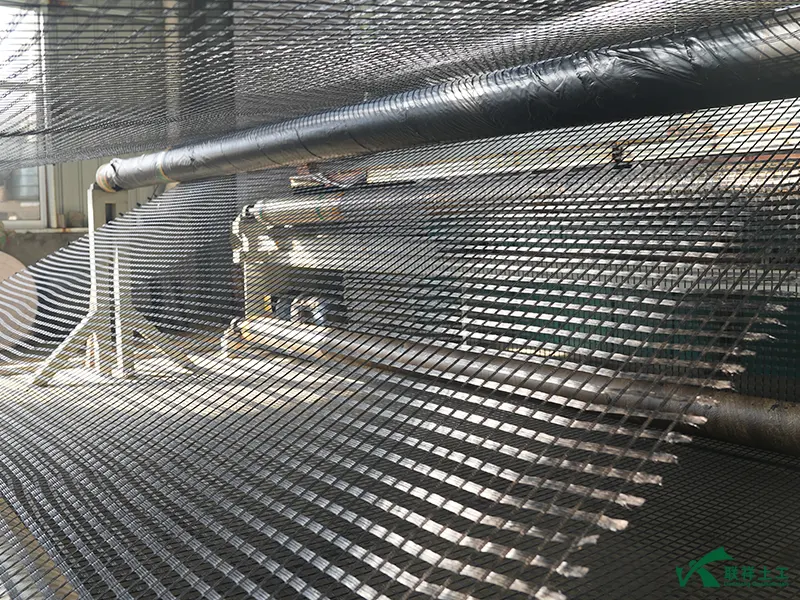
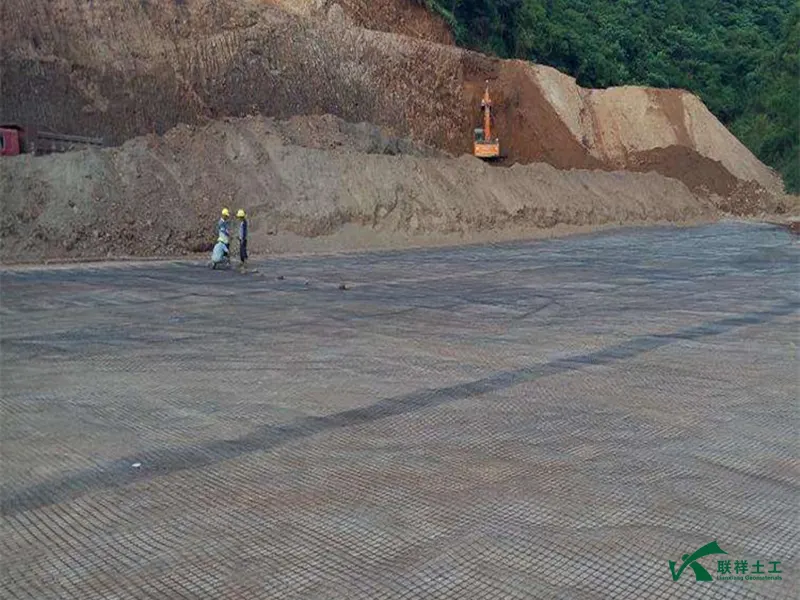
III. Construction Precautions
- 1.Damage Prevention: Protect the geogrid throughout the construction process to prevent direct damage from construction machinery tires, tracks, sharp rocks, and other debris.
- 2. Sun Protection: Geogrids are made of high-molecular-weight polymer materials, and ultraviolet radiation can significantly degrade their performance. Cover the filler within 48 hours of installation.
- 3. Filler Selection: Sandy soil, gravel, and other materials with good water permeability and a high coefficient of friction are recommended. The maximum particle size should not exceed two-thirds of the layered compaction thickness and should not be larger than 10cm. Avoid using materials such as clay that are difficult to compact and have a low coefficient of friction with the geogrid.
- 4. Quality Control:
- Laying Location: Check that the number of layers, orientation, and overlap width of the geogrid are in compliance with the design.
- Laying Quality: Check for wrinkles, twists, or damage.
- Backfill Compaction: The compaction of each backfill layer must meet the design requirements; this is crucial for ensuring effective reinforcement.
- 5. Safe and Civilized Construction: Maintain an orderly construction site, neatly stack materials, and implement appropriate wind, rain, and fire protection measures.
The above are the standard steps and precautions for geogrid installation. The core construction process can be summarized as "leveling the underlying layer -> precise layout -> tight laying -> secure connections -> careful backfill -> layered compaction." In future construction, we must adhere to these standards and avoid wasting costs by skimping on details. Please feel free to contact us for further information.
Written by
SHANDONG LIANXIANG ENGINEERING MATERIALS CO., LTD.
Editor Fan
www.lianxiangcn.com
WhatsApp:+86 139 5480 7766
Email:admin@lianxiangcn.com
Contact
-
WhatsApp
-
E-MailE-Mail:admin@lianxiangcn.com
-
WeChatWeChat:18554180188


